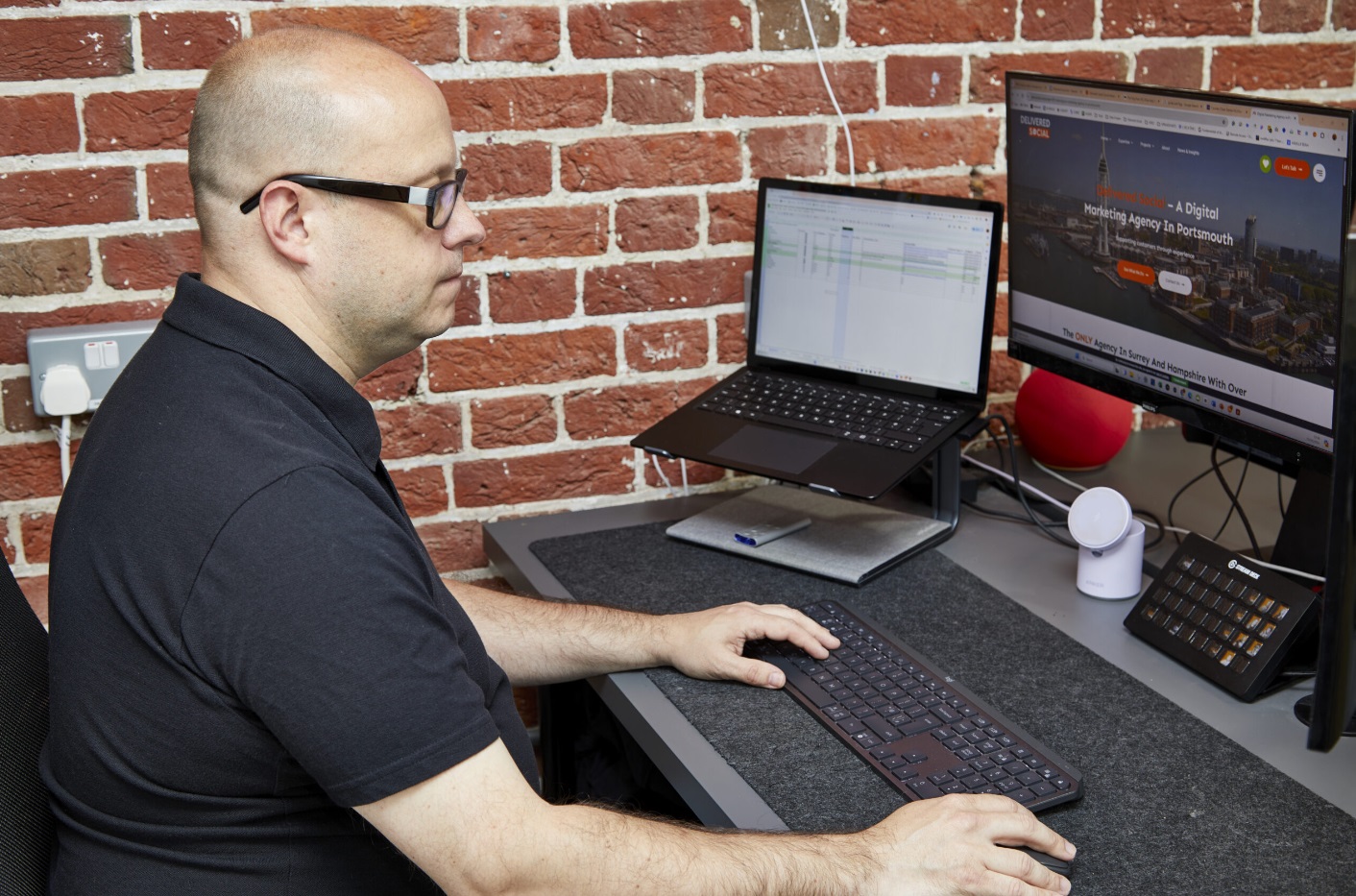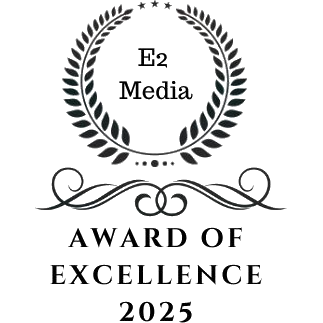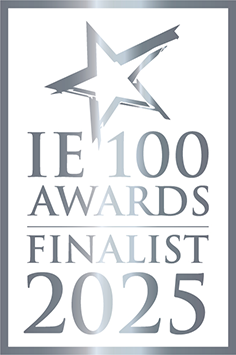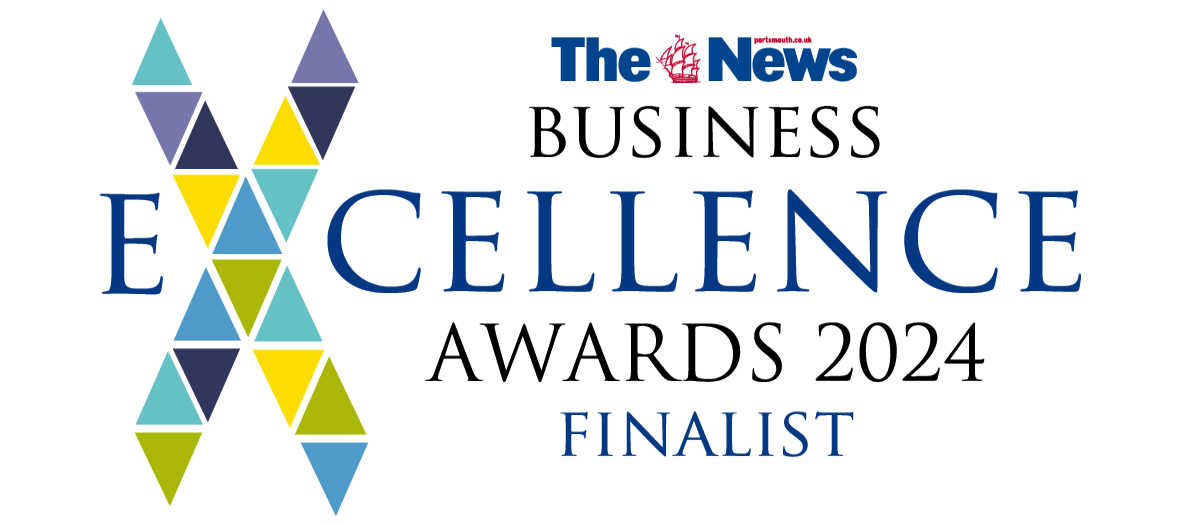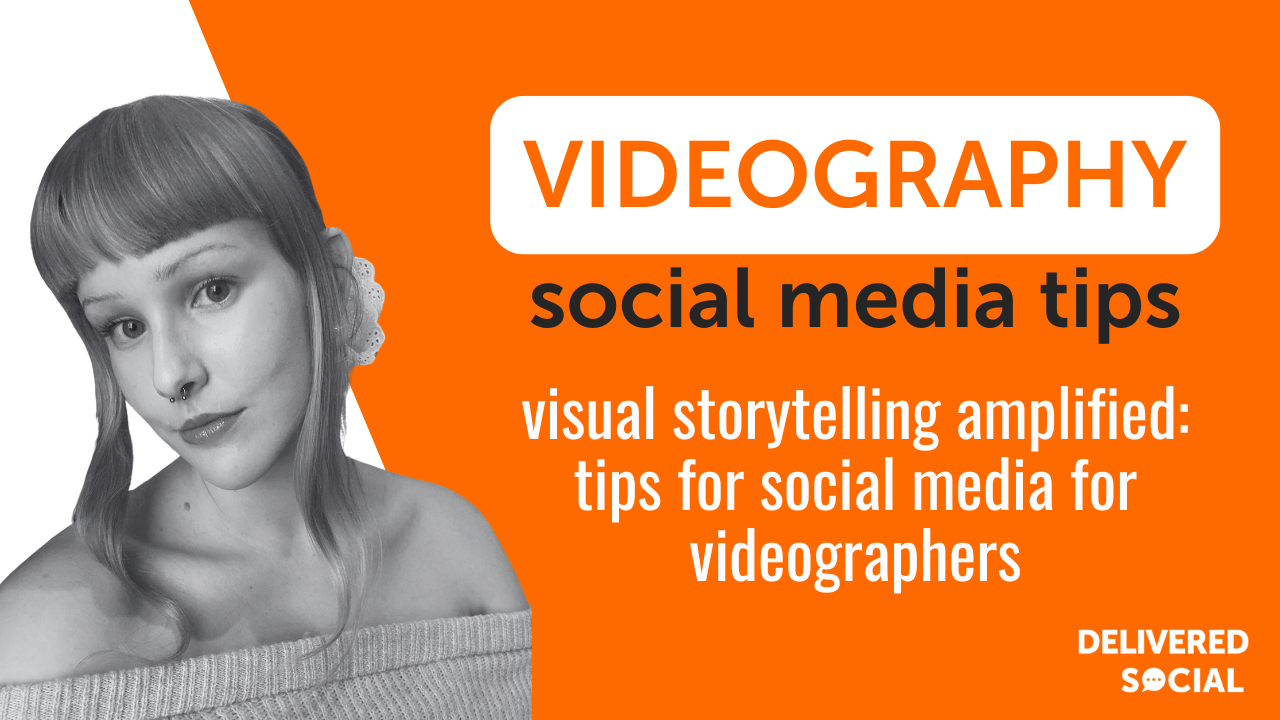
Visual Storytelling Amplified: Tips for Social Media for Videographers
With the rise of video-first platforms and the increasing demand for high-quality visual content, leveraging social media effectively is no longer optional, it’s essential. Whether you’re a freelance videographer, a content creator, or a video production company, mastering social media can amplify your reach, attract clients, and establish your brand as an industry leader. The power of visual storytelling is stronger than ever, and social media provides videographers with the perfect stage to showcase their creativity. From short-form clips on TikTok and Instagram Reels to long-form storytelling on YouTube, every platform offers unique opportunities to captivate and engage viewers. However, simply uploading videos isn’t enough. A strategic approach, optimising content for each platform, engaging with audiences, and staying updated on social media trends, is key to standing out.
Why Social Media for Videographers is Essential
With platforms prioritising video in their algorithms, videographers have a massive opportunity to showcase their work, attract clients, and build a strong personal brand. Whether you specialise in commercial videography, event coverage, or content creation, social media acts as a powerful marketing tool to expand your reach and establish credibility. Video content has become the most engaging format on social media. Studies show that video posts receive significantly higher engagement rates than static images or text-based content. Platforms like Instagram, Facebook, and LinkedIn are continuously adapting to prioritise video, making it crucial for videographers to leverage these tools effectively.
Social media for videographers now serves as a dynamic portfolio. Unlike traditional websites, social media platforms allow you to instantly share new projects, behind-the-scenes content, and creative experiments with a global audience. Regularly posting high-quality content not only showcases your skills but also increases your discoverability, helping you attract potential clients and collaborators. Engaging with fellow creatives, industry professionals, and potential clients can open doors to new opportunities.
See more on how video content has changed social media marketing in our blog!
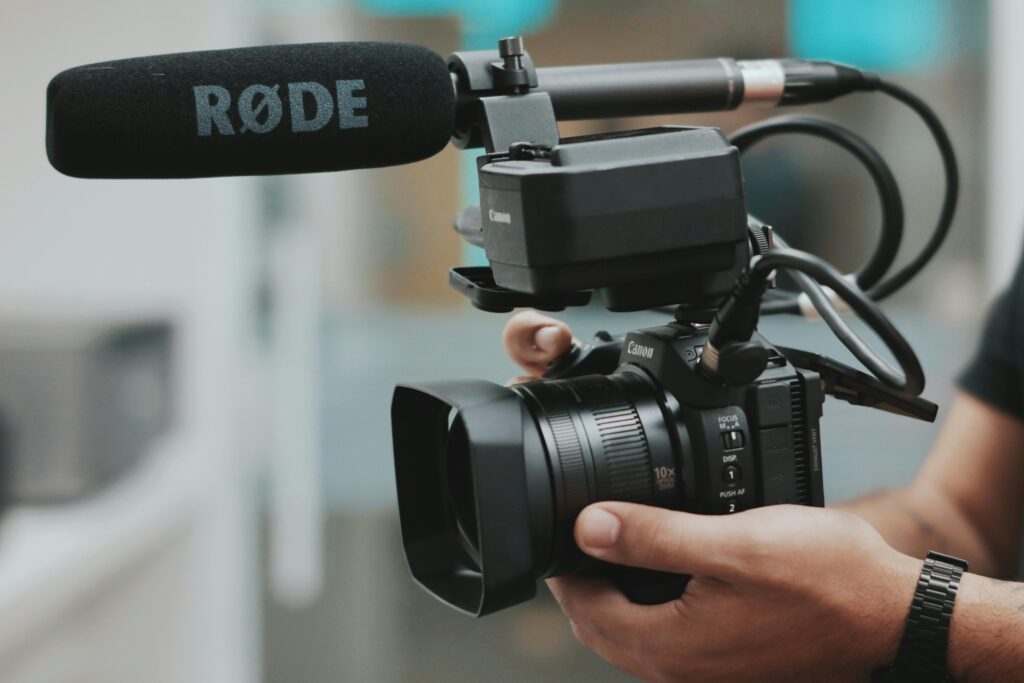
Choosing the Right Social Media Platforms
Not all social media platforms are created equal, and videographers need to choose the right ones to showcase their work effectively. While video content is in demand everywhere, different platforms cater to different audiences and content styles. Understanding where to focus your efforts will ensure your videos reach the right people and generate maximum engagement.
Instagram:
Instagram remains one of the best platforms for videographers, thanks to its emphasis on short-form video content. Instagram Reels have become a major driver of engagement, allowing videographers to share quick, engaging clips that showcase their skills. Stories provide a more casual way to share behind-the-scenes footage, while IGTV and carousel posts offer additional options for storytelling. By using a mix of Reels, Stories, and regular posts, videographers can keep their audience engaged while promoting their services.
YouTube:
For videographers who create in-depth content such as tutorials, vlogs, and cinematic projects, YouTube is an essential platform. As the second-largest search engine in the world, YouTube allows videographers to reach a global audience while also benefiting from monetisation opportunities. A well-optimised YouTube channel with SEO-friendly video titles, descriptions, and tags can generate long-term engagement and even passive income through ads and sponsorships.
TikTok:
TikTok has rapidly become a powerhouse for video content, making it a valuable platform for videographers looking to gain exposure. Its algorithm prioritises entertaining and engaging short-form videos, giving talented creators the chance to go viral overnight. Videographers can use TikTok to showcase quick edits, behind-the-scenes footage, creative challenges, and storytelling-based videos. The platform is particularly useful for those targeting younger audiences or brands that prioritise fast-paced, trend-driven content.
Facebook:
Although Facebook is not as video-centric as other platforms, it remains useful for videographers looking to build a business. Facebook groups allow professionals to connect with local clients and industry peers, while Facebook video ads provide opportunities for targeted marketing. Posting video content on a Facebook Business Page can also help showcase work to potential clients and boost visibility.
LinkedIn:
For videographers focusing on corporate, event, or commercial videography, LinkedIn is an excellent platform for networking and client acquisition. Sharing case studies, behind-the-scenes content, and success stories can help attract businesses that require professional videography services. LinkedIn is less about viral content and more about credibility, making it ideal for those seeking long-term corporate contracts.
Pinterest:
Pinterest is an underrated platform for videographers, but it’s gaining traction for video pins. Videographers who create content related to tutorials, storytelling, or visually stunning projects can benefit from posting short clips that link back to their website or YouTube channel. Since Pinterest acts as a search engine for creative inspiration, it’s an excellent tool for driving traffic over time.

Optimising Social Media Profiles for Videographers
Once you’ve chosen the right platforms, the next step is to optimise your social media profiles to make a strong first impression. Your profile is often the first thing potential clients or collaborators see, so it should clearly communicate your expertise, style, and services. A well-structured and visually appealing profile can help convert visitors into followers and potential customers.
Crafting a Compelling Bio
Your bio is a small but powerful space where you need to capture attention quickly. It should be concise, clear, and informative, highlighting your niche and what makes you unique. Include:
- Your Name & Profession: Clearly state that you’re a videographer (e.g., Freelance Videographer, Commercial & Event Video Production).
- Your Niche or Specialisation: Are you a wedding videographer, a corporate filmmaker, or a content creator for brands? Mentioning your expertise helps attract the right audience.
- A Call-to-Action (CTA): Direct people to your website, booking page, or latest project.
- Keywords for Discoverability: Using phrases like “videography for social media” or “video content creator” can help people find your profile through search.
A professional and recognisable profile picture is essential. If you’re a freelancer, use a high-quality headshot or a branded logo. If you run a production company, consider using your logo for brand consistency. Cover photos (on platforms like Facebook, LinkedIn, and YouTube) should complement your brand, use a high-quality still from one of your best video projects or a banner that includes your name and services. Your social media profiles should act as a gateway to your professional work. Always include a link to your website, portfolio, or booking page in your bio. Platforms like Instagram allow you to use tools like Linktree to include multiple links in one place, directing visitors to different sections of your work (e.g., latest projects, pricing, and social channels).
Most social media platforms offer ways to pin or highlight important content. Make use of these features to ensure that your best work is always visible:
- Instagram Highlights – Organise key content into categories like “Showreel,” “Client Work,” “Behind-the-Scenes,” or “Testimonials.”
- Pinned Posts – On Facebook, Twitter, and LinkedIn, pin an important post (such as a showreel or an introduction to your services) at the top of your profile.
- YouTube Channel Trailers – Upload a short, engaging video that introduces your brand and showcases your best work.
Social media platforms function like search engines, so optimising your profile for searchability can increase your visibility. Use relevant keywords in your bio, video descriptions, and hashtags. For example, if you specialise in videography for social media, make sure that phrase appears in your profile and content descriptions.
Additionally, tag locations where you operate, especially if you offer local videography services. This helps potential clients find you when searching for videographers in their area.
Want SEO optimisation tips for your videos? Check out our tips on SEO keywords for better engagement on TikTok!
Crafting High-Quality Video Content for Social Media
Creating high-quality video content is at the heart of a successful strategy with social media for videographers. While platforms prioritise video, not all content performs well, and engaging, well-edited, and optimised videos are what drive views, shares, and client interest.
The Importance of Storytelling in Videography
Great videos go beyond aesthetics, they tell a story. Whether you’re creating a brand promo, a behind-the-scenes clip, or a cinematic reel, storytelling keeps viewers engaged. Before hitting record, think about:
- The purpose of the video – Is it educational, promotional, or purely for entertainment?
- The structure – Hook the audience within the first few seconds, deliver valuable content, and close with a strong call-to-action.
- Emotional connection – Viewers are more likely to engage with content that evokes a reaction, whether it’s excitement, nostalgia, or curiosity.
For example, a wedding videographer might create an Instagram Reel showcasing “The Best Moments from a Dreamy Destination Wedding”, while a corporate videographer might post a behind-the-scenes clip highlighting the process of creating a brand commercial.
Best Practices for Optimising Video Quality
Quality is key when it comes to social media for videographers. Poor lighting, shaky footage, and bad audio can cause viewers to scroll past your content. Here are some essential tips to ensure high production value:
- Lighting: Natural light works well for most videos, but investing in LED panels or ring lights can enhance indoor shoots.
- Stabilisation: Use a tripod, gimbal, or in-camera stabilisation to avoid shaky footage.
- Resolution: Upload videos in at least 1080p HD or 4K when possible to ensure crisp visuals.
- Audio: Poor sound can ruin a great video, use external microphones or ensure captions are added for clarity.
- Aspect Ratio & Formatting: Different platforms favour different video dimensions.
- Instagram Reels & TikTok: 9:16 vertical format.
- YouTube: 16:9 horizontal for traditional videos or 9:16 for Shorts.
- Facebook & LinkedIn: Square (1:1) or landscape (16:9) videos perform well.
Creating Engaging Thumbnails and Hooks
Your thumbnail and first few seconds determine whether viewers keep watching or scroll away. On platforms like YouTube and Instagram, an eye-catching thumbnail can significantly boost click-through rates. Some key tips include:
- Bright, high-contrast images that stand out.
- Text overlays that provide context for the video.
- Close-up shots of faces or action moments to draw attention.
For hooks, the first 3 seconds of your video should be high-energy, intriguing, or visually striking to grab attention immediately. Avoid slow intros, start with movement, a question, or a compelling statement to keep viewers engaged.
Editing Techniques That Make Your Videos Stand Out
Even simple editing tricks can enhance the impact of your videos. Consider incorporating:
- Fast cuts & transitions – Keep the pacing dynamic to maintain viewer interest.
- Text overlays & subtitles – Many users watch without sound, so captions improve accessibility.
- Music & sound effects – The right audio enhances mood and engagement.
- Speed ramping & slow motion – Adds cinematic flair and makes certain moments more dramatic.
- Colour grading – A consistent style helps create a recognisable brand aesthetic.
Editing apps like Adobe Premiere Pro, Final Cut Pro, DaVinci Resolve, and mobile-friendly tools like CapCut and InShot make it easy to refine your content.
Repurposing Content for Maximum Reach
Don’t let a single video sit on one platform, repurpose content to maximise exposure. For example:
- Cut down a YouTube video into multiple Instagram Reels or TikTok clips.
- Extract behind-the-scenes footage to post on Stories or LinkedIn.
- Turn an FAQ video into a carousel post with key takeaways.
- Compile user-generated content into a montage for future promotions.
Conclusion
Mastering social media is essential for videographers looking to showcase their work, attract clients, and grow their brand. With the demand for video content at an all-time high, platforms like Instagram, YouTube, TikTok, and LinkedIn provide endless opportunities to connect with audiences and elevate your business. Success on social media doesn’t happen immediately, but with a well-planned approach, videographers can amplify their digital presence and turn followers into loyal clients. Whether you’re just starting out or looking to refine your existing strategy, the key is to stay creative, adapt to trends, and consistently provide value through your content.
Interested In Working Together?
Introducing Delivered Social. We're The Most-Rated Digital Agency In Surrey & Hampshire – We've Got To Be Doing Something Right.
Delivered Social is a digital marketing agency with one mission—to help businesses grow. We're famous in Guildford and Portsmouth for our social clinics. We believe in free advice. We build lasting relationships because our team prides itself on being helpful, which our clients appreciate.
If you are looking for a new website or an agency to manage your social media presence, we can help.
If you need something slightly different, here's a super handy list of all our services, or you can always email us.


